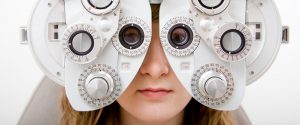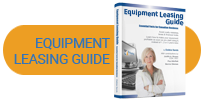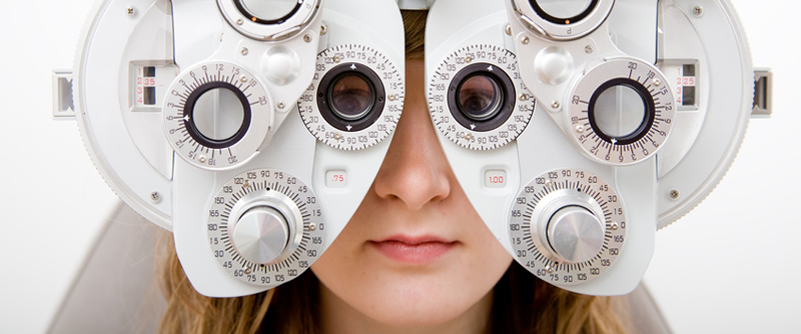
Whether you are in your last year of optometry school, or already practicing, opening your own optometry practice may be on your mind.
Fast facts*
- The average Canadian optometrist in practice earns $70,000 to $80,000 per year, excluding benefits;
- How long does an optometrist stay in the career? Typically life-long, until retirement;
- There are approximately 3,000 practising optometrists in Canada.
- Building an Optometric practice from the ground up can be the challenge of a lifetime. You’ll most likely have to borrow capital in order to start your new practice. This includes funding for build-out construction, equipment, inventory and working capital. The true cost of opening an optometry practice varies tremendously, usually equipment costs will be higher, depends on new vs used, purchase vs lease. Some costs to consider are:
- size of your venture
- number of exam lanes
- equipment needed
- inventory
- number of employees and much more!
Starting your own practice can seem like a daunting feat. While there is no handbook that guarantees you success, there’s no shame in starting with less than what you may imagine for your ideal practice. Diagnostic technology can and should be added over time, based on your patient volume.
Many pitfalls can take a new business owner by surprise. Regardless of how long you’ve been in practice, recognizing and avoiding potentially costly errors is essential to laying a strong foundation for financial success.
Buying Too Much Too Soon
When setting up shop, it can be tough to resist going on a shopping spree for the latest equipment, especially with the number of advances in eye care technology over the past decade. You’ve just finished studying about what equipment is out there, including:
· Autorefractors
· Fundus cameras
· Tonometers
· OCT Imaging systems
· Digital test charts
· Topographer
· Keratometer
· Lasers
· Combi units
· and Blocking / Edging equipment.
As a start-up business, which (if any) of these expensive pieces of equipment is needed in your new practice? Overspending on equipment is probably the biggest draw on start-up capital.
Start-Up and Overhead Costs: When starting up a new practice, usually start-up costs include: capital costs for equipment and leasehold improvements. The majority of overhead costs arise from the inventory of lenses, frames, contact lenses and lens solutions.
Revenue Sources: Optometrists are paid at the time services are provided. An optometrist’s earnings are determined by several factors including: coverage under provincial medical programs, fee schedules, hours worked, practice location, services provided and patient population.
Based on initial patient volume, what is the cost vs. return and will it justify the expense? Will delaying the purchase of such equipment impact the long-term success of your practice?
Overspending on equipment is probably the biggest draw on start-up capital.
In fact, adding more equipment as the practice progresses may provide a great opportunity to reconnect with your returning patients. However, it’s also important that you don’t go to the other extreme by investing as little as possible in frame inventory. It may lower your start-up costs, but it could also affect how patients perceive your practice and stunt your revenue growth.
As a growing company I’m sure you are constantly investing in new technology and equipment, but do you have an ongoing refurbishment program?
As a practice owner, you are essentially an entrepreneur. You need to take care of managing and marketing your business in addition to practicing optometry and maintaining good relationships with your patients.
The best businesses are usually run by people who are innovative, entrepreneurial and also have a keen understanding of how to look after their money and how to make it work for them with as little risk to them and their businesses as possible.
Buying vs. Leasing – What’s right for your Practice?
It is as crucial to understand both when to invest and when to save, as how to invest and how to save. Study your options. Purchase vs. Leasing?
Obtaining state-of-the-art retinal imaging devices to incorporate into your practice sounds like a no-brainer. Right? Wrong. While it’s true most eye care professionals (ECPs) want to keep up with the latest technology and offer their patients the very best in diagnostics, it’s also true that these machines can be expensive. All of which begs the question: Is it worth buying or leasing?
If you are in the market for new retinal imaging devices you need to be careful with your selection. Does your purchase have trade-in value if newer technology arrives? Are there maintenance costs? Will you obtain enough return on investment and improve efficiency with this new technology? These are important questions to ask yourself before you invest your capital.
Devices that are likely to become outdated or that have poor software upgrades are not ones you want to purchase. Ranging from the acquisition or relocation of a practice, a shop fitting revamp, new technological equipment, or simply a loan to meet your tax demand we have a solution to help. Contact us today to discuss how you can keep your “Eye” on the bottom line by learning which option is the best for you!
*Source: http://uwaterloo.ca/optometry




